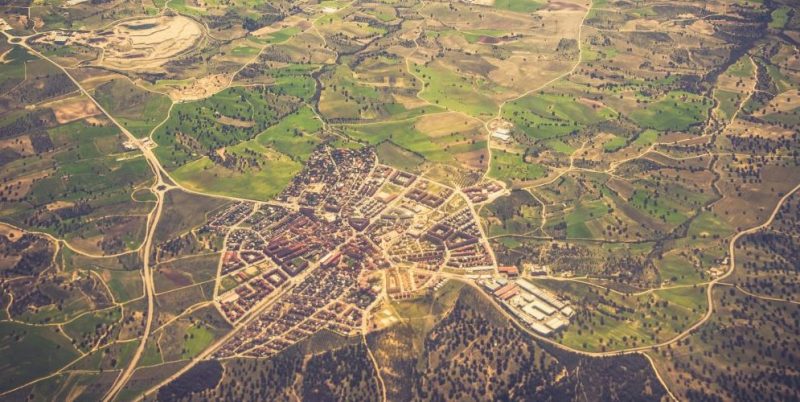The following post is an excerpt from GovLoop’s recent industry perspective, Putting a Smart Communities Strategy to Work. Read the full brief here.
assets due to a lack of process, project management and change management skills.Every community may be different, but they all share common operational traits. Each relies on real-time intelligence for evidence-based decision-making, more effective collaboration and public engagement. So what are the obstacles that prevent communities from becoming smart communities?
The most common hurdle is a lack of strategy and holistic information that can prevent a smart community from taking hold. Government is often individually compartmentalizing their activity and data, but agencies don’t always have an end game in mind. In other words, they are fixing pieces, but not looking at the whole picture.
GIS is the foundational piece that can connect the aspects of your smart community and help you topple silos, think holistically and view the data that is underlying all aspects of your community. Effective smart communities do so by applying a hub approach that connects people with the information and technology to drive improved quality of life, innovation and better choices.
Follow These 6 Steps
GIS technology can help government use the power of location to improve coordination and achieve the operational efficiencies of a smart community. Follow these simple steps to strengthen your smart community by taking advantage of all the holistic information and views your GIS data can give you.
1. Organize Your Data
When the open data movement started, it was focused on outward-facing data distribution, not inward. What many governments have come to realize is that there is an immense benefit to opening information for their own employees. Having a single site promotes inter-agency collaboration, a greater understanding of patterns across regions, as well as a decrease in the time spent collecting data that someone else already has.
2. Create Operational Efficiency
Operational efficiency entails seeing the whole operational picture of all the activities your government is doing, and gaining control of it to optimize maintenance, respond quickly to disruptions and improve workforce oversight. GIS allows you to do this via the holistic pictures geo-enabled data can present to your employees and community.
3. Engage Citizens
Citizens want to be involved in their government. Community engagement means that you can communicate directly with citizens and staff, and they can communicate immediately with you — reporting problems, locating services and supporting local initiatives by collecting and sharing their own data, then accessing government data, too. Citizens can use their cell phones and other devices to voluntarily collect information about their surroundings and share that data with the community.
4. Have the Right Mobile Strategy
In order to get the data you need to power a smart community, you must be able to gather it out in the field for improved operational efficiencies. A mobile strategy helps you reduce costs and provide better services to citizens. Field crews become more efficient, and the data you collect improves your ability to make good decisions.
5. Make Data-Driven Decisions
Stakeholders must be able to source reliable data to develop ideas and intelligently assess and accomplish goals. This means having decisions that are driven by open data and supplemented by crowdsourced data; acting on actionable intelligence in real time; creating useful dashboards and reports; and using this data for iterative policy-making that truly makes an impact.
6. Apply the Internet of Things
A smart community must ensure all of its systems are interconnected. This means starting with major workflows and enabling them for real-time operations. Smart street lights, traffic management, intelligent cameras and pedestrian tracking can allow public safety forces to monitor real-time traffic collisions and use predictive analytics to improve traffic flow and pedestrian safety.





Leave a Reply
You must be logged in to post a comment.